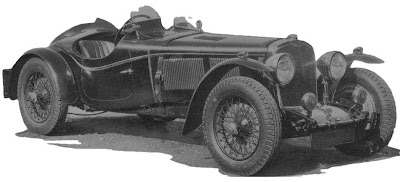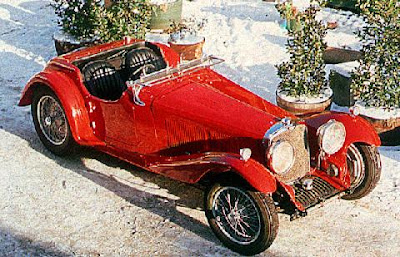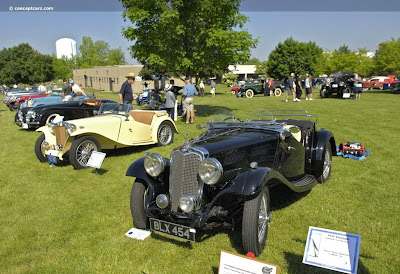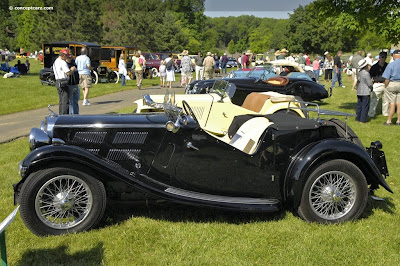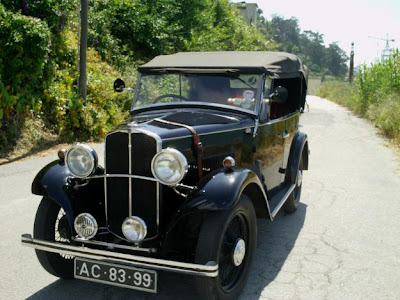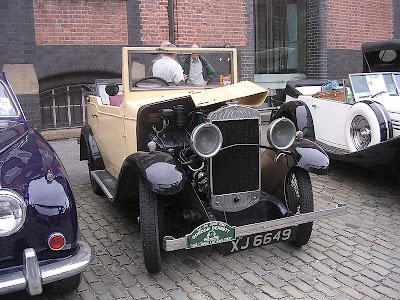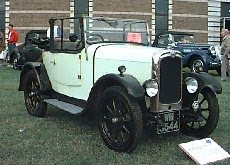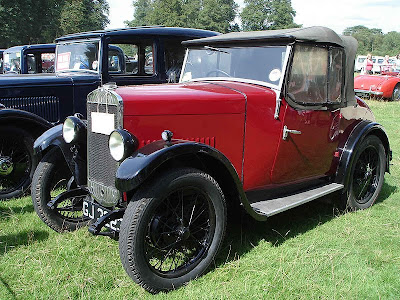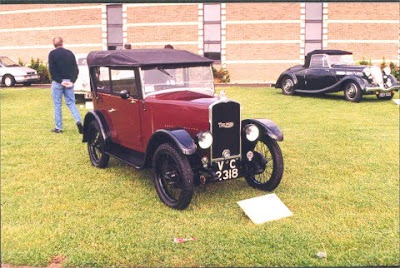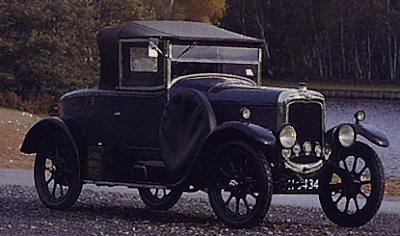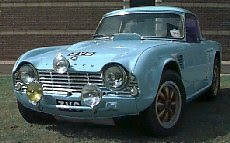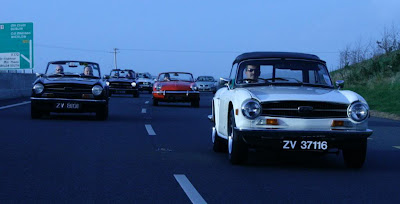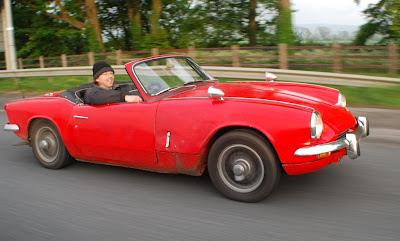Triumph Cars
Triumph Dolomite 8 Parts 2
Classic Triumph Cars Models Triumph Dolomite 8
Triumph Dolomite 8
The first use of the Classic Triumph Dolomite 8 Cars name was in 1934, when it was used for a 8 cylinder sports car which resembled the Alfa Romeo 8C. However this car did not make production, only 3 being made. The engine was of 1990 cc capacity with twin overhead camshafts and fitted with a Roots type supercharger. The engine output was 120 bhp (89 kW) at 5500 rpm giving the car a top speed of over 110 mph (175 km/h). Lockheed hydraulic brakes with large 16 inch (400 mm) drums were fitted. The pressed steel chassis was conventional with a beam front axle and half elliptic springs all round.
One of the cars was entered in the 1935 Monte Carlo Rally driven by Donald Healey but was withdrawn after being written off in a collision with a railway train on a level crossing in Denmark.
Largely because of the financial troubles of the company the car never went into production. Some spare engines and chassis were later assembled into complete cars by a London company called High Speed Motors (HSM).
One of the cars was entered in the 1935 Monte Carlo Rally driven by Donald Healey but was withdrawn after being written off in a collision with a railway train on a level crossing in Denmark.
Largely because of the financial troubles of the company the car never went into production. Some spare engines and chassis were later assembled into complete cars by a London company called High Speed Motors (HSM).
Related : Triumph Cars ~ (Triumph Super 8 & Super Eights Cars Models)
Related : Classic Triumph Cars ~ Models Triumph Dolomite 8 Parts 1
Related : Classic Triumph Cars ~ Models Triumph Dolomite 8 Parts 1
